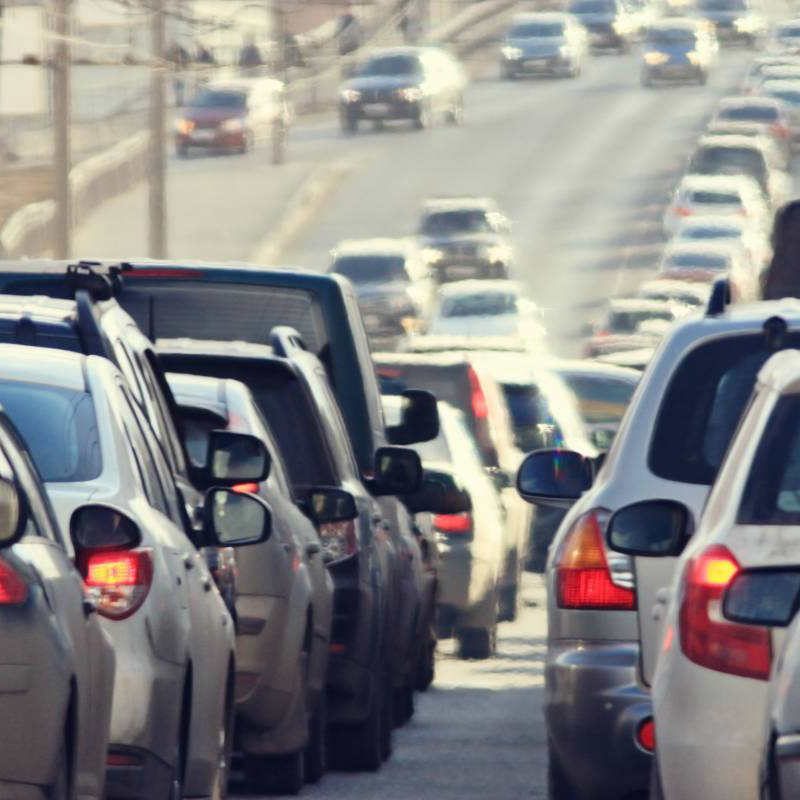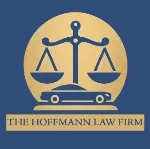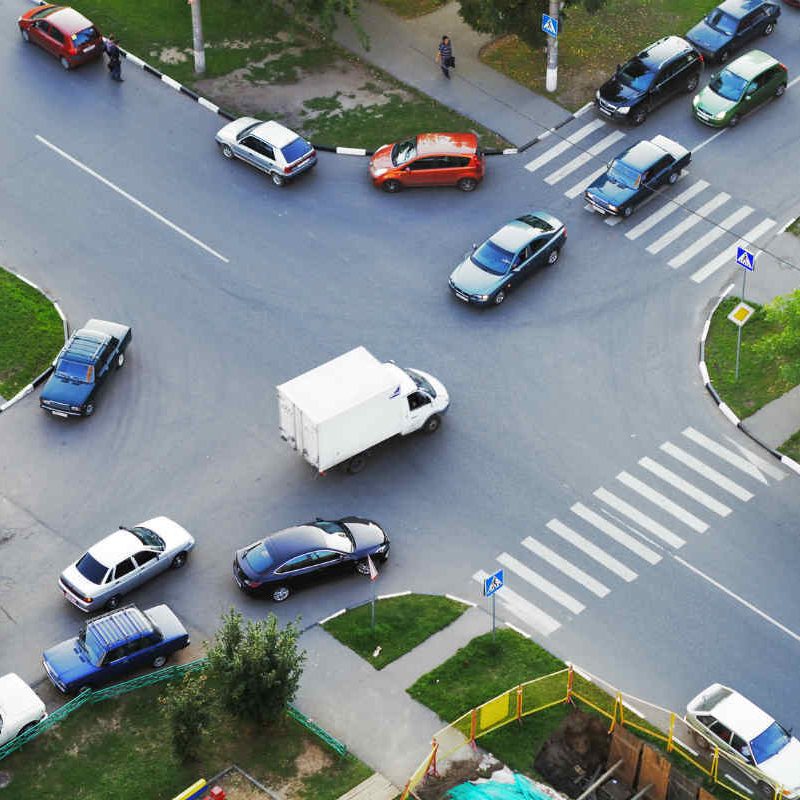Navigate St. Louis’s most dangerous intersections. Contact The Hoffmann Law Firm today for a free consultation.
St. Louis, famous for its vibrant history and landmarks like the Gateway Arch, boasts a busy and intricate road network. However, certain roads and intersections are notorious for high accident rates. These perilous intersections often stem from heavy traffic, inadequate road design, and driver habits such as speeding or distraction.
Whether due to high traffic volume, driver negligence, or poor road design. By driving carefully and knowing what steps to take after an accident, you can protect yourself and your loved ones. If you’ve been involved in a car accident, don’t hesitate to contact The Hoffmann Law Firm, L.L.C., for a free consultation today.
FREE CASE EVALUATION
The Top Dangerous Intersections in St. Louis
Based on traffic accident data and reports, the following intersections in the St. Louis area are considered the most hazardous:
- Hampton Avenue and Interstate 64
- Why It’s Dangerous: This is a busy interchange where highway traffic merges with local street traffic. The high volume of vehicles, combined with drivers speeding to merge, makes this area prone to rear-end and side-swipe collisions.
- Common Accidents: Rear-end collisions due to abrupt stops and merging accidents.
- Gravois Avenue and Lindbergh Boulevard
- Why It’s Dangerous: This intersection sees heavy congestion, especially during rush hour. The complex layout and multiple turning lanes often confuse drivers.
- Common Accidents: T-bone accidents occur frequently when drivers misjudge signals or try to rush through yellow lights.
- Grand Boulevard and Forest Park Avenue
- Why It’s Dangerous: As a central route near St. Louis University and the Cortex Innovation District, this intersection is packed with cars, pedestrians, and cyclists.
- Common Accidents: Pedestrian and bicycle accidents are prevalent here due to poor visibility and distracted driving.
- Kingshighway Boulevard and Delmar Boulevard
- Why It’s Dangerous: This intersection experiences high traffic volume and is near several popular businesses. Drivers often make risky left turns, which can lead to serious collisions.
- Common Accidents: Head-on and T-bone collisions, especially during peak traffic times.
- Natural Bridge Avenue and North Grand Boulevard
- Why It’s Dangerous: This intersection combines heavy commuter traffic with frequent pedestrians. Traffic signals can be challenging, and drivers often attempt to “beat the light.”
- Common Accidents: T-bone and rear-end collisions, particularly during nighttime or poor weather conditions.
- Manchester Road and Hanley Road
- Why It’s Dangerous: This busy commercial area sees a mix of local traffic and delivery trucks. Lane changes and left turns can be challenging during peak hours.
- Common Accidents: Side-swipe and turning accidents.
Why Are These Intersections So Dangerous?
Several factors contribute to making these intersections accident-prone, including:
- High Traffic Volume: St. Louis is a major metropolitan area, and these intersections experience thousands of vehicles daily.
- Complex Road Design: Multi-lane intersections, turning lanes, and merging zones can confuse drivers or lead to risky maneuvers.
- Driver Behavior: Speeding, distracted driving (such as texting), and aggressive driving often lead to accidents at busy intersections.
- Poor Visibility: Poorly lit intersections, blind spots, or obstructed traffic signals can reduce driver reaction times.
- Pedestrian and Cyclist Activity: Many intersections are near universities, parks, and businesses, leading to increased foot traffic.

How to Safely Navigate Dangerous Intersections
If you regularly drive through these intersections, here are some tips to stay safe:
- Stay Alert: Keep distractions like phones out of reach and focus on the road. Watch for pedestrians and cyclists as well.
- Slow Down: Avoid rushing through yellow lights or speeding to merge. Slowing down gives you more time to react.
- Maintain a Safe Distance: Rear-end accidents are common, so keep plenty of space between you and the car ahead.
- Use Turn Signals: Signal early and clearly to let other drivers know your intentions.
- Watch Traffic Signals Closely: Don’t assume other drivers will follow the rules. Always double-check before proceeding through an intersection.
- Be Cautious at Night or in Poor Weather: Reduced visibility and slippery roads increase accident risks.
What to Do If You Are in an Accident at a Dangerous Intersection
Accidents at busy intersections are common, but knowing what to do can make all the difference in protecting your health and legal rights:
- Check for Injuries: Immediately check yourself and your passengers for injuries. Call 911 if anyone needs medical attention.
- Move to Safety: If it’s safe, move your car out of the traffic flow to avoid further accidents.
- Call the Police: Always report the accident, even if it seems minor. A police report will be necessary for insurance and legal claims.
- Document the Scene: Take photos of the intersection, vehicle damage, and any visible injuries. Collect witness statements if possible.
- Seek Medical Attention: Some injuries may not immediately appear, even if you feel fine.
- Contact a Car Accident Lawyer: Navigating insurance claims and legal processes can be complex. An experienced attorney can help you get the compensation you deserve.
Contact The Hoffmann Law Firm Today
The most dangerous intersections in St. Louis require caution and attentiveness to navigate safely. Accidents at these intersections are too common, whether due to high traffic volume, driver negligence, or poor road design. By driving carefully and knowing what steps to take after an accident, you can protect yourself and your loved ones.
If you’ve been involved in a car accident, don’t hesitate to contact The Hoffmann Law Firm, L.L.C., for a free consultation today.
25 Years Only Car Accidents
Thousands Of Cases
Millions Recovered


